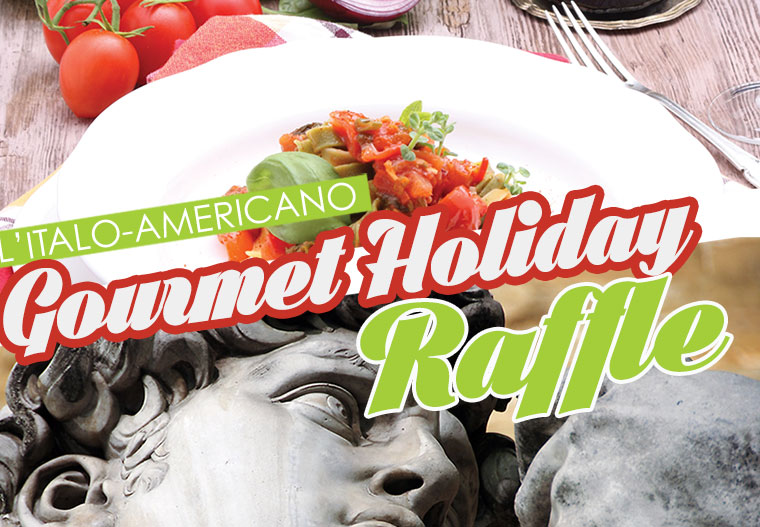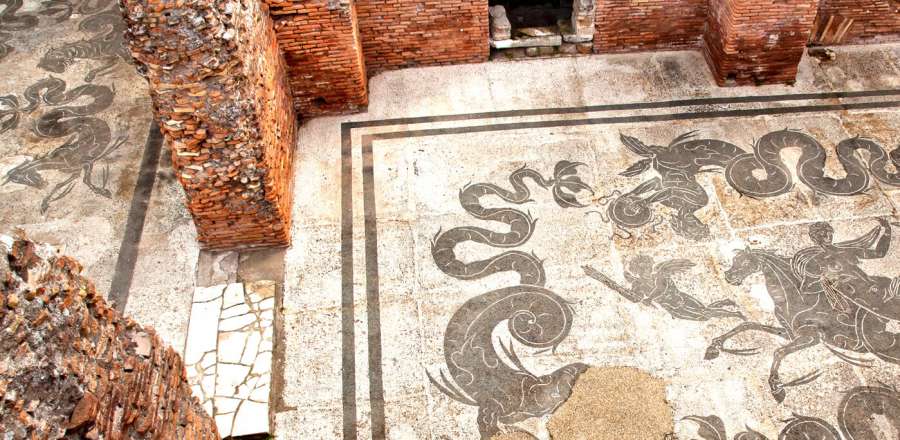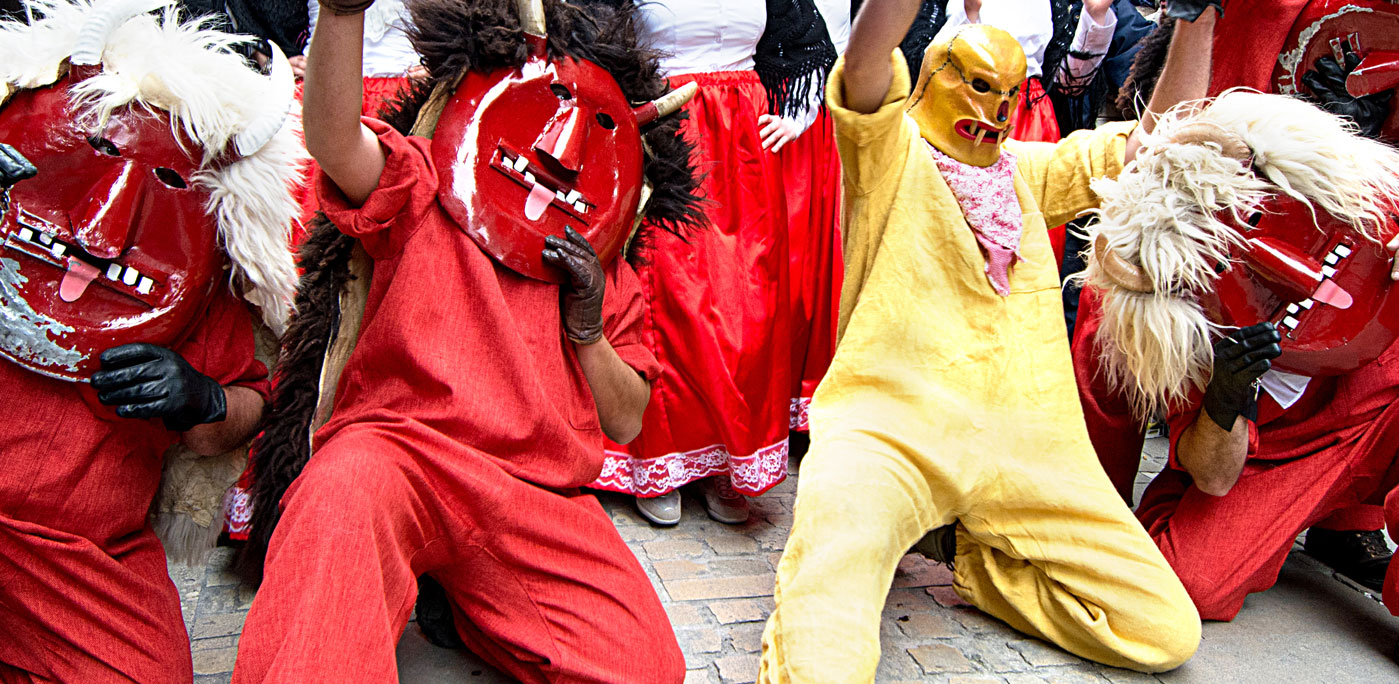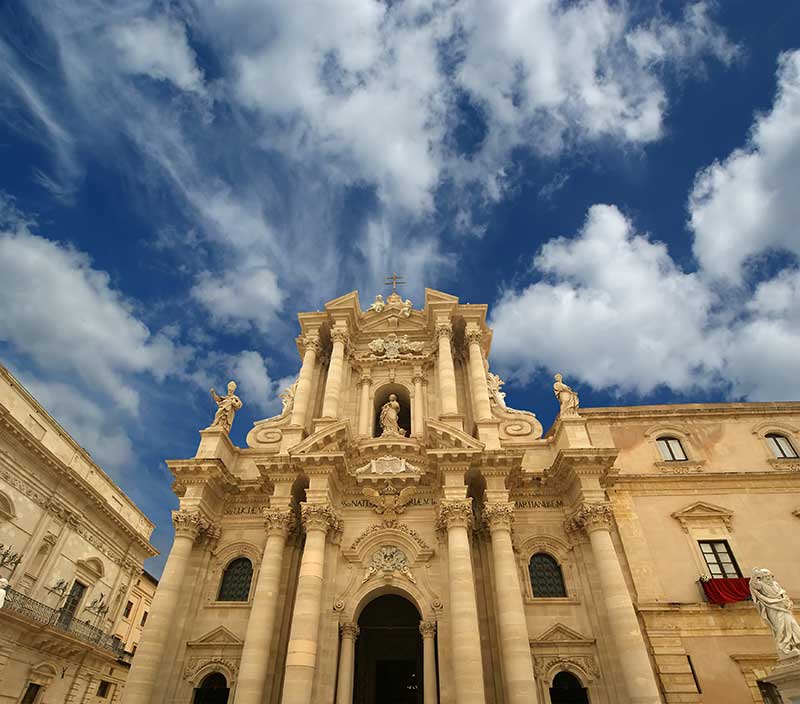Bordered by Tuscany to the west, Le Marche to the east and Lazio to the south the central region of Umbria is the only one without a coastline or to border another country. Its renowned for its sweet-toothed capital of Perugia and its spiritual center of Assisi, but Umbria is much more than just chocolate and churches. So if you like getting off the beaten track, here are five hidden gems to help you discover Umbria right at the heart of Italy.
Arrone
Founded in the 9th century by a Roman noble named Arrone, this tiny hamlet is a beautiful little time capsule. It sits above a modern town but as you climb the steep, zigzag road through the arched castle gate you’ll cross from back to medieval times discovering tiny alleyways, quirky garden courtyards and the civic clock tour at the end of the miniature main street. And if you’re lucky the delightful little Church of San Giovanni Battista (St John the Baptist) will be open. Its frescoes painted in 1483 depict several saints including the blinded Santa Lucia and arrow-pierced San Sebastian who was a favorite of local families. And its 1-ton bell rings out every day at the start of each day, lunch and the end of school, rung by bell-ringers who have to literally stand on the bell to get it swinging! Its well worth the climb and the views of the surrounding Umbrian countryside are wonderful.
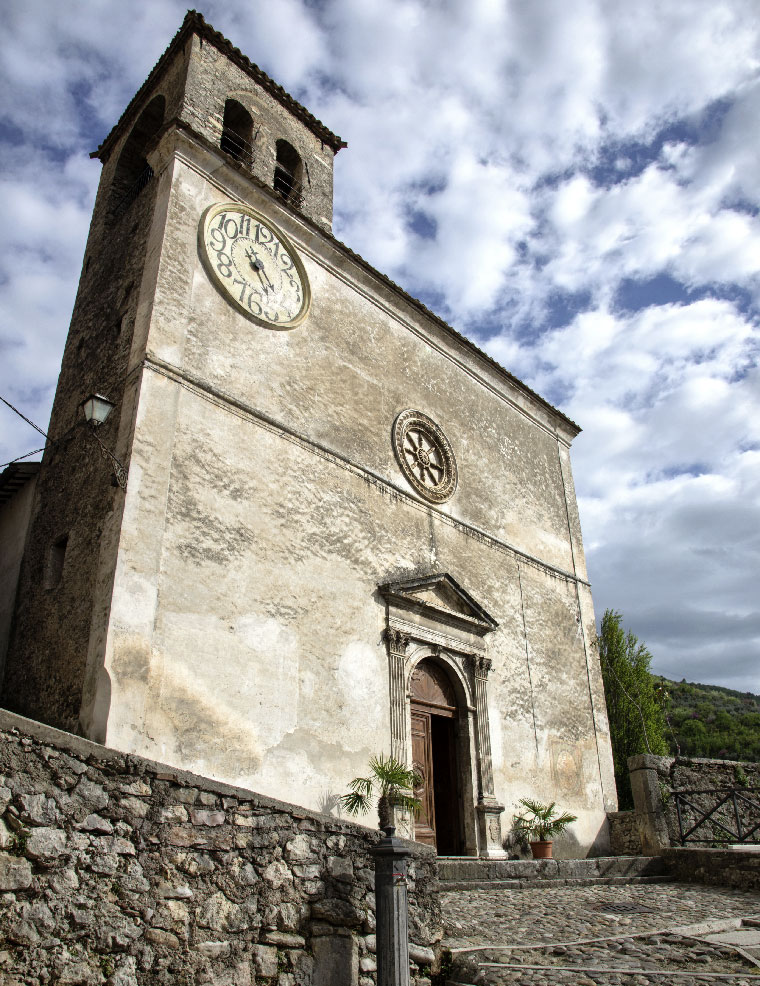
Ferentillo
Straddling the Nera river valley, the tiny town occupies opposing hillsides. Two castellated forts face each other across the ravine but most visitors come for one unique feature; the Church of Santo Stefano, otherwise known as the Church of Mummies. Founded in the 1500s the church buried its parishioners in its earth-floored crypt for centuries until, in the early 1800s, locals discovered that the soil was so rich in salt and microbes that it had mummified the remains. Today around 20 bodies are on display, with the permission of their families, and their preservation is so good that you can still see beards, injuries and even the pores on their parchment-dry skin. It’s a little unnerving to start with, but by the end of the short, guided tour you’ll be peering into each case in fascination. I just wouldn’t like to stay overnight!
Amelia
Often heralded as the oldest town in Umbria, local folklore believes that Amelia grew from the ancient hill fort of Ameria named after legendary Umbrian King Ameroe. Certainly its polygonal block limestone walls are antiquated, dating back to the Etruscan days and constitute a formidable 3.5m thick defensive structure. Inside the historic town there are more traces of the early settlers. Ten underground water cisterns, built in the 1st century AD by the Romans, ensured that the town had freshwater. Glimpses of the old Roman roads surface from time to time. And the civic museum houses one of Italy’s best-preserved gilt-bronze statues of the Roman commander Germanicus. This was an important place for trading in ancient times and makes for a fascinating tour stop.
Underground Narni
Another underground Umbrian gem is found not far from Amelia in Narni, originally named Narnia by the Romans. The town itself is very close to the geographic centre of Italy but its what is underneath that is most fascinating. An anonymous door on the side of a hillside leads down into the world of Catholic Inquisitions, heretical prisoners and monks at worship. It is a captivating, unconventional journey of discovery with a surprising ending. But don’t worry, I won’t spoil the surprise, you’ll have to unearth that for yourself!
Cascata delle Marmore
And finally, the most dramatic gem in southern Umbria is the spectacular Cascata delle Marmore waterfall. It looks like a purely natural oasis rising 165 meters up out of the valley but in fact the waterfall is man-made, created a couple of thousand years ago by the Romans to drain a malarial swamp. Despite its artificial beginnings, however, the waterfall’s beauty has inspired poets, writers and painters down through the centuries. From the Roman Cicero, to the romantic Lord Byron and master artist J. M. W. Turner. And today is a wonderful spot to stop for a picnic or for watersports including kayaking and canoeing. Simply stunning.
There’s so much to discover in Italy’s verdant heart in Umbria. From its capital Perugia, to St Francis’s Assisi to its delicious food, wine, art and culture, there is something for everyone. And if you’re happy to get off the beaten track, to explore independently along the by-roads and lanes, there is a whole world of tiny hamlets and history, castles and underground caverns to discover. Umbria is a region that, whilst often overlooked, certainly does not disappoint; its definitely one to add to the wish list!

